The Essential Guide to Leadership Development in 2025
In 2025, organizations face unparalleled pressure to adapt as technology accelerates and workforce expectations rapidly evolve. The need for agile, accountable, and innovative leaders is more urgent than ever.
Recent findings from the 2025 Global Leadership Development Study reveal that strong leadership pipelines drive measurable business results. Companies with robust leadership development strategies outperform peers in growth, engagement, and retention.
This guide breaks down the modern approach to leadership development. You will discover the latest trends, essential skills, and proven frameworks that deliver real-world impact. Practical tools, case studies, and metrics will help you achieve true ROI from your leadership initiatives.
The Evolving Landscape of Leadership Development in 2025
Organizations in 2025 are experiencing a seismic shift in leadership development, driven by rapid advances in AI, evolving remote work technologies, and the rise of Millennial and Gen Z leaders. The expectations for leaders are transforming as hybrid teams become standard and digital fluency is a must.
According to the 2025 Global Leadership Development Study, today’s leaders must expertly navigate short-term disruption while keeping a firm eye on long-term growth. There is a marked shift toward agility, innovation, and cross-functional collaboration as essential leadership development outcomes. Inclusive leadership and emotional intelligence have become critical, especially in diverse, distributed teams.
Recent Harvard Business research reveals that 85% of employees can pinpoint the skills they need to enhance their performance. However, the surge in low-quality, AI-generated resources makes it crucial to seek vetted, relevant leadership development materials. Companies like Cinépolis have set a benchmark by cascading innovation-driven leadership from the C-suite to the frontlines, reinforcing the value of a unified approach.
Continuous learning and adaptability are now non-negotiable for leadership success. To stay ahead, organizations must focus on credible sources and proven frameworks. For more insights on emerging trends, see the Top 5 Leadership Trends of 2025.

Step 1: Aligning Leadership Development with Business Priorities
In today’s dynamic environment, leadership development must align directly with your organization’s core business priorities. Generic programs often result in lackluster outcomes, making it essential to connect every leadership initiative to tangible business goals.
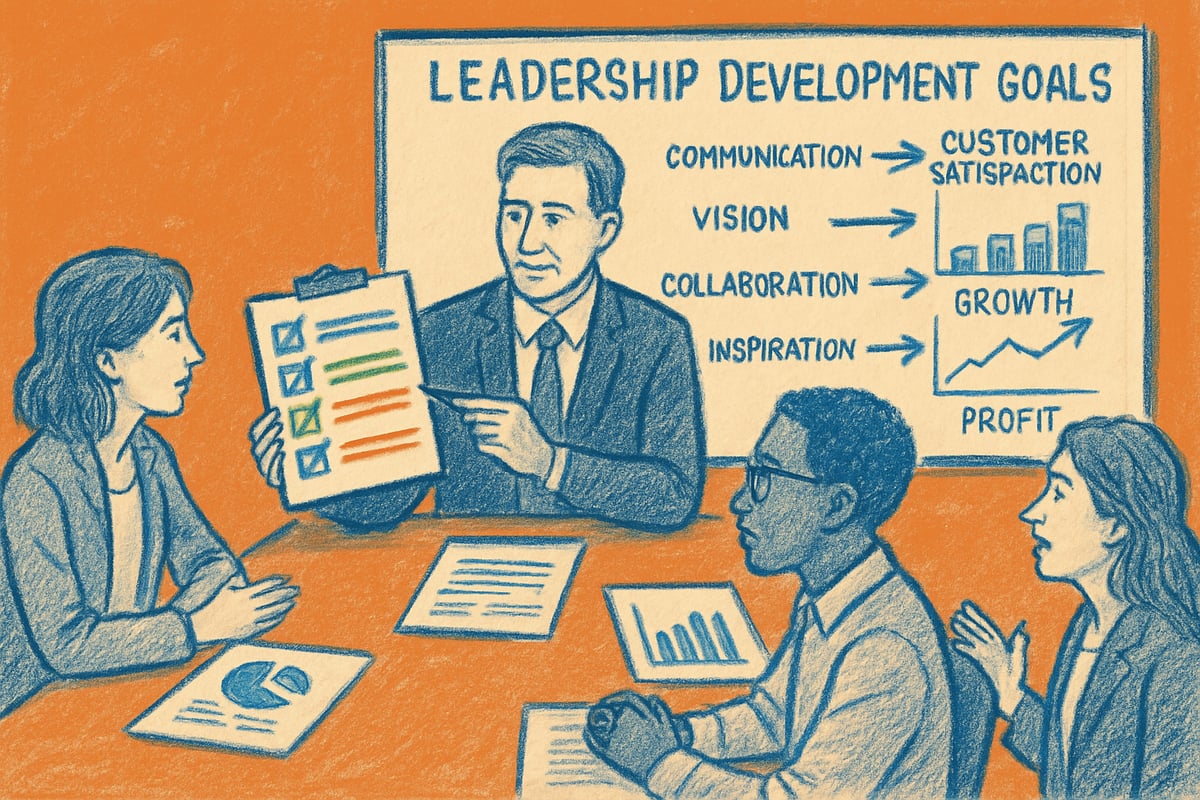
Begin by identifying your primary business priority. Are you aiming for revenue growth, cost efficiency, or risk mitigation? Only by pinpointing this focus can leadership development deliver measurable results. Use alignment checklists and targeted questions such as:
- What business outcomes do we need to achieve?
- Which leadership behaviors are missing or need to be strengthened?
- How do our current values support or hinder these outcomes?
The Cinépolis case demonstrates how aligning leadership development with innovation fueled growth and improved customer satisfaction. By narrowing efforts to a small set of critical needs, you maximize impact and avoid diluting resources.
Senior leadership must champion and clearly communicate these priorities. Their involvement ensures that leadership development is not just a training exercise, but a strategic lever for business transformation. Consider practical resources like Noomii Corporate Coaching for Leaders, which offers tailored programs built around your KPIs.
Clear alignment empowers you to design highly relevant, measurable leadership development programs. This approach not only drives ROI but also creates a culture of accountability and continuous improvement.
Step 2: Setting Measurable Leadership Development Goals
Establishing measurable goals is the foundation of an effective leadership development strategy. Without clear objectives, it is difficult to assess progress or demonstrate return on investment.
Begin by identifying the specific outcomes you want your leadership development program to achieve. These can include increased engagement, improved decision-making confidence, or higher retention rates. Defining success indicators for each goal ensures clarity and alignment across all levels.
A practical way to connect business priorities to measurable outcomes is to map them in a table:
| Business Priority | Performance Outcome | Success Indicator | Measurement Method |
|---|---|---|---|
| Revenue Growth | Agility, Innovation | Project Launch Rate | Quarterly Project Reviews |
| Cost Reduction | Process Efficiency | Time-to-Completion | Pre/Post Program Analysis |
| Risk Mitigation | Decision-Making Confidence | Error Reduction | Feedback Surveys |
Use both qualitative and quantitative metrics to capture a complete picture. Quantitative data, such as participation rates, can be tracked alongside qualitative feedback from surveys or interviews. Collecting baseline data before launching your leadership development initiative allows you to benchmark progress and adjust as needed.
Consistent tracking, both during and after the program, helps ensure accountability and supports continuous improvement. For deeper insights and ongoing strategies, consider exploring the Coach Blog: Leadership Strategies.
Setting relevant, measurable goals tailored to your organization’s context will drive real business impact. For more on accountability in leadership, visit Accountability Now.
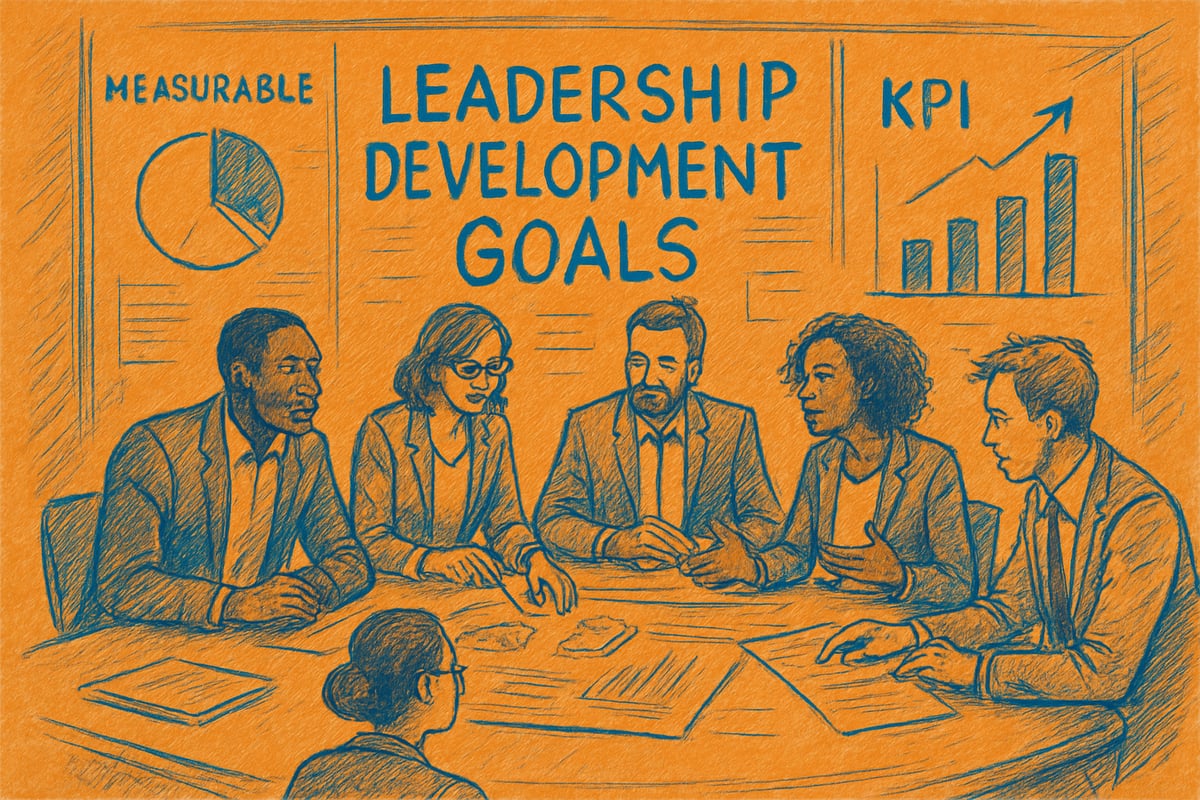
Step 3: Assessing Current Leadership Capabilities and Gaps
Gaining an accurate picture of your organization’s strengths and weaknesses is essential for effective leadership development. Begin with an honest evaluation of your culture, systems, and readiness to embrace change. Segment leaders by seniority—senior, mid-level, and frontline—so you can target development efforts where they will be most impactful.
Use data-driven assessment tools such as surveys, 360-degree feedback, and performance reviews to gather objective insights. According to research, 85% of employees can pinpoint their own skill gaps, making learner-driven leadership development a powerful strategy for closing performance gaps.
Beware that entrenched cultural norms or misaligned incentives can undermine even the best-designed programs. Celebrating early wins and sharing success stories helps reinforce positive behaviors and accelerates adoption.
Explore emerging assessment frameworks and digital tools highlighted in Leadership Training Trends 2025 to ensure your approach remains relevant and effective.
A precise assessment enables you to focus resources, prioritize actions, and design leadership development programs that deliver measurable business results.
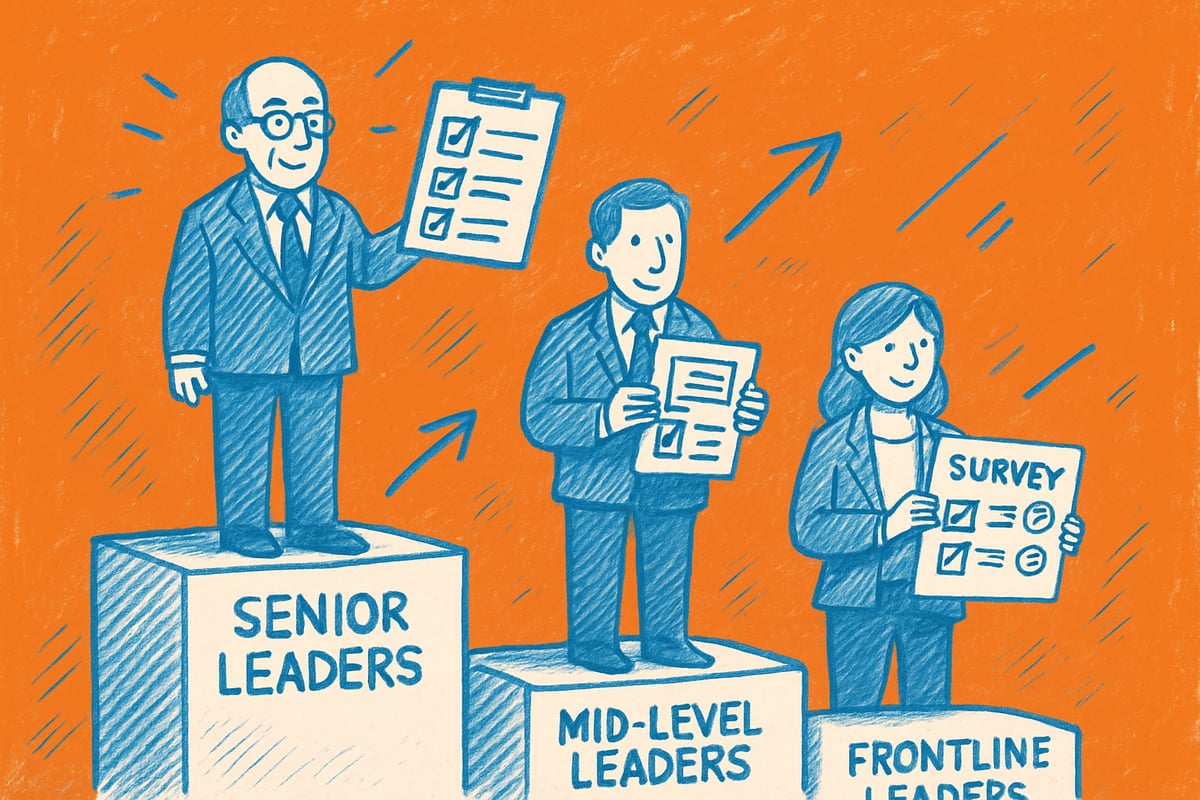
Step 4: Designing and Delivering High-Impact Leadership Development Programs
Leadership development in 2025 demands a targeted, flexible approach. Organizations must ensure every program is relevant, measurable, and adaptable to changing business needs. The following strategies help deliver maximum impact at every leadership level.
Tailoring Learning Experiences to Different Leadership Levels
Effective leadership development must address the unique needs of new managers, mid-level leaders, and executives. For new managers, mentorship and peer connections foster confidence and practical skills. Mid-level leaders benefit from micro-learning, hands-on practice, and collaborative assignments. Executives require immersive, high-touch experiences, such as simulations or strategic retreats. The Capital Group’s blended model, combining in-person and virtual learning with executive sponsorship, exemplifies this approach. Ensuring each experience is relevant to real work increases leadership development engagement and business impact.
Curating Content and Delivery Methods for 2025
Quality outweighs quantity in leadership development content. Overloading learners with options can dilute focus and reduce results. Prioritize vetted resources, including self-guided modules, group workshops, coaching, and action learning projects. Digital tools and platforms allow scalable, flexible delivery. Guard against the influx of low-value AI-generated material by using rigorous curation. For organizations seeking expert guidance, Find Top Business Coaches offers access to qualified coaches who can accelerate leadership development outcomes.
Measuring Engagement and Application On-the-Job
Tracking leadership development progress is essential for continuous improvement. Use built-in mechanisms such as participation logs, pulse surveys, and regular feedback sessions to monitor engagement. Performance check-ins and recognition of progress help reinforce learning and maintain momentum. Celebrating early wins and sharing success stories encourage sustained application of new skills. Ongoing measurement ensures leadership development programs remain relevant and aligned with business objectives, ultimately fostering greater accountability in leadership across the organization.
Step 5: Embedding Leadership Development into Organizational Culture
Leadership development thrives when it becomes an everyday part of organizational life, not just a standalone program. Executive involvement is essential—when leaders act as teachers and mentors, they set a visible standard for others to follow. This approach helps reinforce accountability and encourages all levels of the organization to prioritize growth.
Embedding leadership development into daily workflows means integrating it into meetings, decision-making, and routine processes. For example, senior leaders can share lessons learned in team huddles or use real business challenges as learning opportunities. This ensures development is practical, continuous, and relevant.
Cascading learning amplifies impact. Senior leaders train mid-level managers, who then coach their teams, creating a ripple effect. Companies that build this kind of learning culture see sustained excellence and adaptability. According to Leadership Development Trends 2025, organizations that foster feedback, experimentation, and psychological safety accelerate leadership growth and innovation.
A culture of feedback supports experimentation and learning from mistakes. Encouraging open dialogue and recognizing progress strengthens psychological safety, which is vital for leadership development. Organizations that prioritize continuous learning, as highlighted by the World Economic Forum, unlock extraordinary potential and resilience.
To make leadership development a true organizational asset, it must be woven into the fabric of culture.
Noomii Corporate Coaching stands out as a results-driven partner for organizations ready to elevate their leadership development efforts. By embedding live coaching directly into meetings and tying every initiative to key performance indicators, Noomii ensures programs are practical, actionable, and measurable from day one.
Unlike traditional approaches, Noomii offers executive coaching, manager training, team facilitation, and 360 assessments, all designed to drive real business outcomes. Their flexible, month-to-month terms and shared risk model make leadership development accessible and accountable for mid-market companies and select Fortune 500 divisions.
Clients see measurable improvements in decision speed, communication, engagement, and retention.
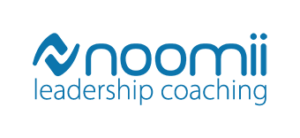
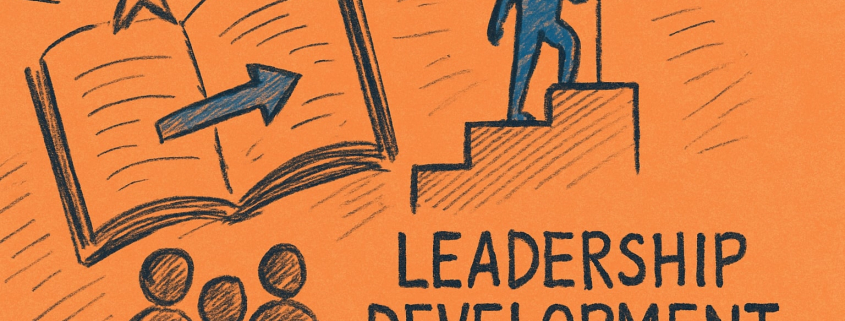


Leave a Reply
Want to join the discussion?Feel free to contribute!